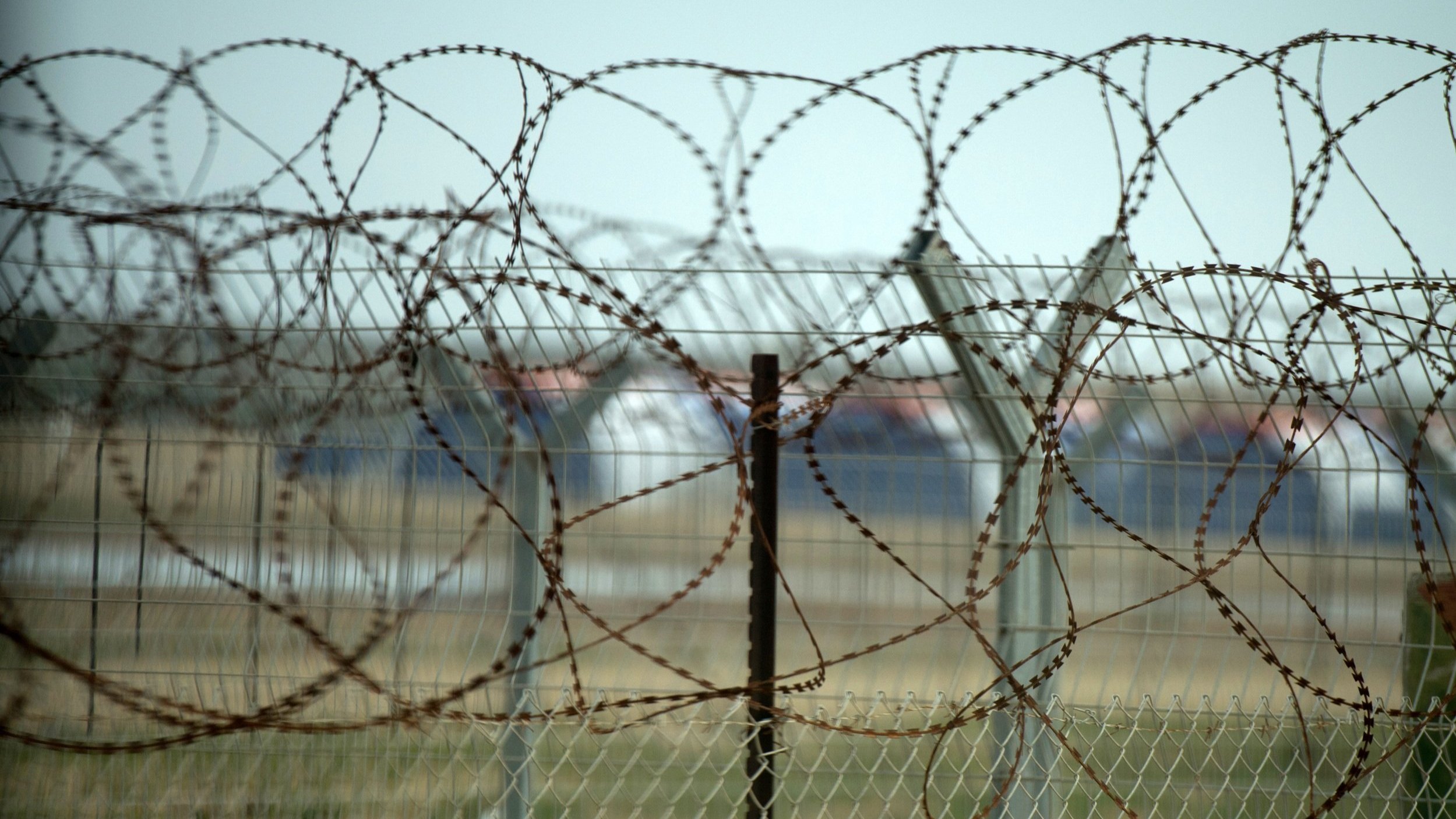Status of communication and information in Gaza
People in Gaza have no accessible means of communicating digitally
Internet and telecommunications infrastructure has been damaged, leading to near-total internet and data blackouts with phone lines down.
Seven consecutive days of no electricity has meant that communications devices (mobiles, computers, TVs, radios) are not operational. Without fuel deliveries, use of generators or cars to charge mobile phones is now impossible.
Some hospitals and other large institutions have low bandwidth internet access dependent on limited generators, also now running out of fuel.
Without trusted information, people are unable to make informed decisions
Online access to services and aid was standard in Gaza – and is now completely frustrated. People in Gaza, including aid workers and providers of essential services, have no informed way of making decisions.
People urgently need water and food. The sick and injured need medical assistance. People have been separated from their families, friends and colleagues.
There are reports of word-of-mouth rumours and speculation
The extremely reduced digital environment may have slowed the proliferation of rumours inside Gaza, but the information void is likely to foster misinformation and speculation.
Rigorous rumour tracking has not been viable without wide-scale access to social media within Gaza.
A focus on information integrity is strongly advised
Commentary by media, humanitarian actors and other influencers should consider historical context, journalistic integrity and humanitarian principles to carefully avoid bias towards either side.
Promotion of politically orientated strategic narratives and selective use of facts may be more concerning than unintentional fabrication of information.
If aid access resumes, responders will start with analogue and seek workarounds
Audio and print media distribution will bridge the recovery of digital assets and infrastructure. Printed information will be delivered alongside emergency commodities, including basic information and hotlines – dependent on the recovery of mobile networks – for referrals and complaints.
Tech companies have offered to transmit messages dependent on the restoration of internet connectivity.
Meaningful, two-way dialogue will depend on access to trusted communication channels
External suppliers of digital and internet coverage are in various discussions with humanitarians. Telecommunications CDAC members are discussing scale-up support with mobile operators.
Rumour and disinformation tracking capacity exists within CDAC member agencies but remains strongest in online communications – conversations are underway.
Information correct as of 18 October 2023, when 16 CDAC Network members met on Gaza.



